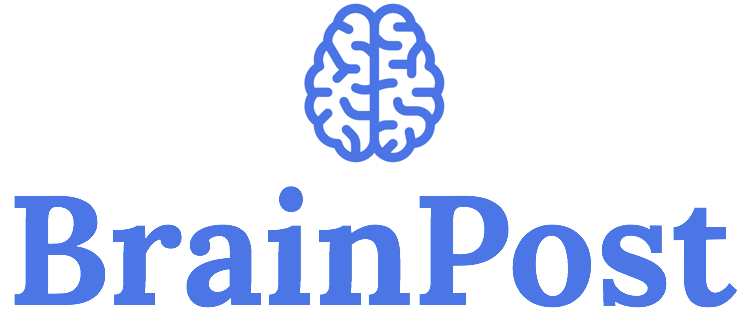Good Night, Sleep Tight, Don’t Let the Neurodegenerative Diseases Bite!
Post by Rebecca Glisson
The takeaway
Sleep is often considered a restorative process that enhances the brain’s defenses and facilitates memory processing. Recent studies also highlight its protective properties against neurodegenerative diseases such as Alzheimer’s disease.
What happens in our brains when we sleep?
Proper sleep helps with maintaining memory, stable mood, and disposing of waste from brain activity. As we sleep, the cells in our brains interact with each other to form networks that are required for normal brain function. Memory processing happens during slow-wave sleep, the deepest stage of sleep before we begin to dream. Unfortunately, our slow-wave sleep stage deteriorates every year of adulthood, especially between young and middle-aged adulthood. This may lead to brain deterioration in areas of the brain that coordinate our thoughts and actions, such as the prefrontal cortex. This week in Neuron, Parhizkar and Holtzman highlighted recent research focused on the link between disrupted sleep and neurodegenerative diseases like Alzheimer’s disease.
How is Alzheimer’s disease linked to sleep?
Amyloid-b plaques form in a person’s brain before they develop Alzheimer’s disease. These plaques directly disrupt the brain networks involved in the sleep/wake cycle and memory processing during sleep. In studies in both animal models and in patients with Alzheimer’s disease, as these plaques build up, slow-wave sleep gets worse. Also, people with excessive daytime sleepiness were more likely to have plaque buildup in the brain. Studies in mice have found that sleep loss can lead to higher plaque and abnormally phosphorylated tau concentrations in the brain, while more sleep can lower the amount of plaque and pathological tau.
How does sleep protect the brain?
By maintaining good sleep habits, you might have a lower likelihood of developing neurodegenerative diseases. A recent study found that adults that had at least 2 hours less than the normal amount of adult sleep had a greater risk of developing dementia and Alzheimer’s disease. Fragmented sleep, with lots of disruptions, may also lead to a higher risk of neurodegenerative diseases. The primary immune cells in the brain that break down and remove waste are called microglia. Studies in animal models have shown that microglia have higher calcium concentrations, used for signaling, during sleep. This suggests that sleep allows calcium to increase in microglia, allowing them to remove waste.
What’s next?
We all spend a large portion of our lives asleep. While it could seem like a waste of time, many processes are happening in the brain during sleep that are required to keep us healthy. Without proper sleep, we become lethargic and unproductive. Long-term poor sleep habits could eventually lead to serious neurological disorders. The more we understand the link between sleep and neurodegenerative diseases, the more likely it is that we might find treatments that could prevent diseases before they develop



